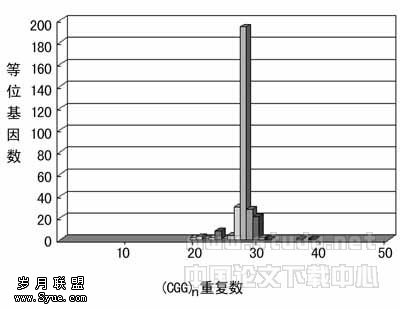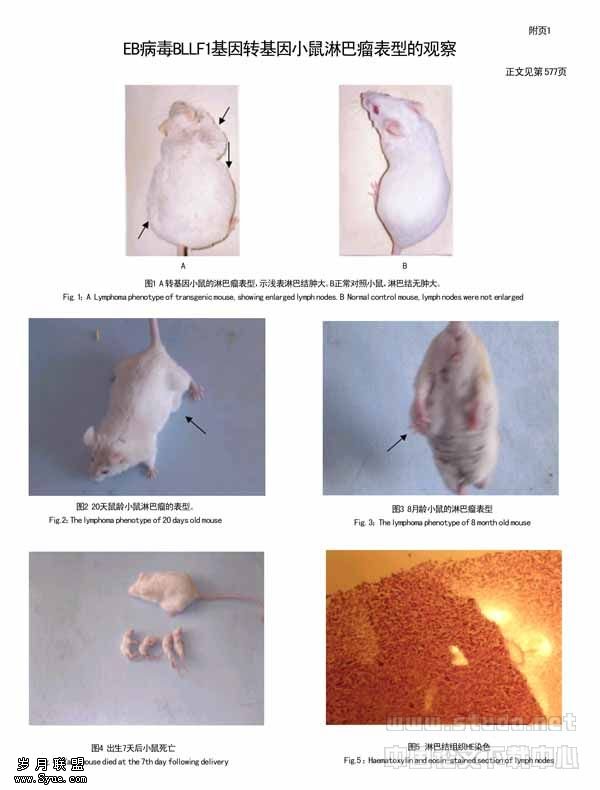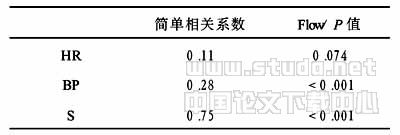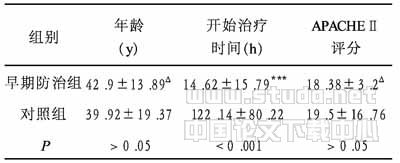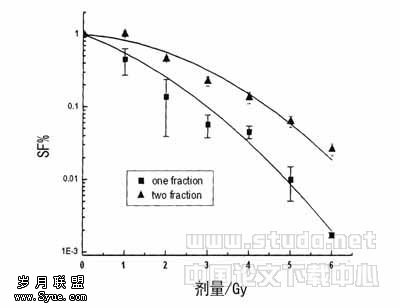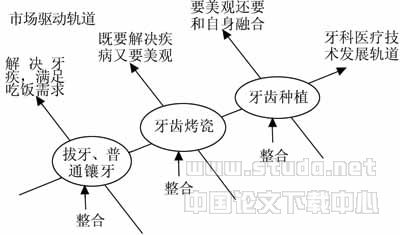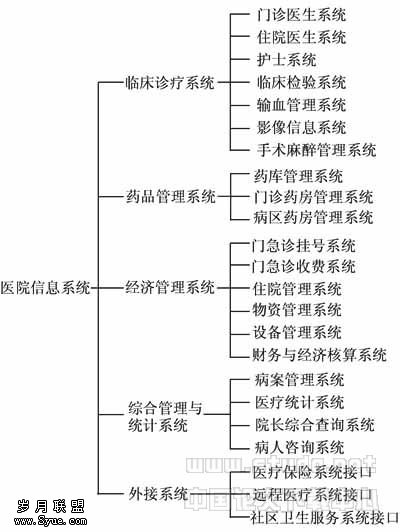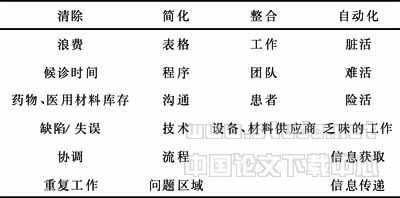急性白血病患者HLA半倍相合骨髓移植后供者源复发2例
作者:朱玲,王恒湘,刘静,阎洪敏,薛梅
【摘要】 为了探讨半倍相合骨髓移植后急性白血病患者的复发情况,对2例接受半倍相合骨髓移植后出现白血病复发的急性白血病患者进行了外周血、骨髓检查、骨髓细胞形态观察及HLA基因型和染色体核型分析。结果发现,2例原发病分别为急性淋巴细胞白血病(普通细胞型)和急性巨核细胞白血病,且2例白血病细胞均有染色体畸变或癌基因突变、活化,2例骨髓移植后完全供者源造血重建,但2例复发后白血病细胞均来源于供者源,血型和HLA分型均为供者型,复发后2例诊断为急性淋巴细胞白血病(B细胞型)和急性巨核细胞白血病。这一结果提示,供者源复发可能与移植后应用大剂量免疫抑制剂有关,化疗、放疗以及受者本身造血微环境异常也可能参与了二次白血病的发生过程。异基因造血干细胞移植后供者源复发可能是研究人白血病发生的适宜模式。
【关键词】 急性白血病
Acute Leukemia Relapse of Donor Origin in Two Cases after Haploidentical Bone Marrow Transplantation
Abstract To investigate the leukemia relapse of AL patients after HLA haploidentical bone marrow transplantation (HLA HBMT),2 relapsed leukemia patients recieved HLA HBMT were studied,peripheral blood simples and bone marrow smear were examined,morphologic change of bone marrow cells was observed,while the HLA genotype and chromosome karyotye were analyzed by PCR and routine G-banding methods,respectively. The results indicated that the two cases were diagnosed primarily as acute lymphocytic leukemia (common cell subtype) and acute megakaryocytic leukemia,in which chromosome abnormalities or activation of protooncogene in leukemic cells were observed. The complete hematopuietie reconstitution of donor orign was obtained in these 2 cases after HLA HBMT,but the leukemic cells in these 2 leukemia patients were confirmed to be donor origin after relapse,their blood groups and HLA genotype were found to be originated from donor.These 2 relapsed leukemia patients were diagnosed as acute lymphocytic leukemia (B cell subtype) and acute megakaryocytic leukemia. It is suggested that high-dose of immunosuppressive agents used in transplantation may contribute to leukemia relapse of donor origin in these patients.Abnormalities in hematopoietic microenvironment may be also involved in the leukemia development. Donor-cell leukemia after allogeneic hematopoietic stem cell transplantation can be an ideal model to investigate the related events in human leukemogenesis.
Key words acute leukemia; donor cell leukemia; haploidentical bone marrow transplantation
异基因骨髓移植后白血病复发多为宿主细胞源的白血病,经过细胞遗传学、分子生物学或者两者结合的方法证明的供者细胞白血病(donor cell leukemia,DCL)发生率极低。我院自1999年10月至2005年5月共行120例半倍相合异基因骨髓移植,其中2例急性白血病患者移植后供者源白血病复发,报告如下。
材料和方法
病例资料
例1 男性,11岁。1991年11月因乏力、面色苍白查骨髓象怀疑淋巴细胞白血病,细胞免疫分型分析诊断为急性淋巴细胞性白血病(普通淋巴细胞表型)。经化疗缓解、巩固维持3年后停药。2001年3月复发,骨髓细胞形态及免疫表型分析仍诊断为普通淋巴细胞表型。同时,利用PCR监测到位于11q23的MLL基因自身串联和位于10q24的HOXLL原癌基因活化。诱导缓解3月后接受半倍相合骨髓移植,供者为患者母亲,供受者HLA分型为3/6相合,ABO血型:供者“O”,受者“B”,为次不合。为预防移植物抗宿主病(GVHD),受者接受环胞菌素A(CsA)+甲氨喋呤(MTX)+骁悉(抗CD25单克隆抗体)+抗淋巴细胞球蛋白(ALG)联合免疫抑制剂。
例2 男性,1岁11月。2002年12月因皮肤出血点查骨髓象幼稚巨核细胞35%,细胞表达CD33、CD41、HLA-DR,染色体核型分析显示部分细胞为45,XY,-21,诊断为急性巨核细胞性白血病。经化疗完全缓解,4月后接受半倍相合骨髓移植。供者为患者母亲,供受者HLA分型4/6相合,ABO血型:供者“A”型,受者“O”型,为次不合。GVHD预防与例1相同。
外周血、骨髓及骨髓细胞的观测
常规方法进行血像和骨髓象检查,红细胞凝集试验确定血型,显微镜观察骨髓细胞的变化。
HLA基因型和染色体核型检测
应用PCR法确定HLA基因型。取移植受者骨髓,常规方法进行G显带染色体分析。
结 果
例1患者骨髓移植后21天时白细胞数为2.5×109/L,29天时血小板数为58×109/L,30天时染色体检查均为供者型(46XX),HLA分型为供者型,血型为嵌合型,正定为O型,反定B型,84天血型完全转为供者O型。23天时发生Ⅰ度GVHD(皮肤及肠道),经大剂量甲基强地松龙治疗得到控制。患者于移植后11个月出现发热、鼻衄。血象检查显示:WBC 2.9×109/L,中性粒细胞6%,淋巴细胞94%,Plt 5×109/L,Hb 80 g/L,血型正定O,反定B。骨髓增生明显活跃,粒、红、巨三系细胞增生受抑,原始淋巴细胞+幼稚淋巴细胞45.5%,淋巴细胞形态大小不等,可见核仁1-2个。HLA分型AB、DR位点其母分型,CW嵌和型。流式细胞术检测免疫分型为异常淋系表型,表达CD19,CD10,CD34,HLA-DR,部分表达CD38,CD11b,为B-ALL。其ABO血型仍为供者O型,HLA分型全部为供者。化疗无效,1月后死于副鼻窦感染。
例2患者骨髓移植后15天白细胞数为2.0×109/L,血小板数为55×109/L。 38天时HLA分型为供者型,血型完全转为供者A型。13天时发生Ⅰ度GVHD(皮肤),经大剂量甲基强地松龙得到控制。移植后14个月出现发热及皮肤出血点。骨髓象显示骨髓增生明显活跃,粒∶红=2.36∶1,原始巨核细胞占有核细胞的32%,幼稚巨核细胞占2%,未见颗粒巨核细胞。血型仍为供者A型,染色体为正常女性核型(供者型),HLA分型为供者型,诊断为急性巨核细胞性白血病,现给予姑息治疗。
讨论
供者细胞白血病(donor-cell leukemia,DCL)临床上不常见,其发生率大约5%[1]。第1例DCL病例报道见于1971年[2],之后随着细胞与分子生物学诊断的临床应用,相关报道逐渐增多[3-5]。本研究中的2例均为半倍相合骨髓移植后复发白血病,白血病细胞经HLA基因型、染色体核型和血型确定为供者型,诊断明确。
DCL发生机制尚不清楚,可能与供者基因型不稳定、受者骨髓造血微环境异常有关[3,4]。此外,骨髓移植后大剂量免疫抑制剂的应用、机体免疫监视能力下降,也可能是继发二次白血病的原因。本次报告的2例,原发白血病类型与供者源白血病相同,白血病细胞具有染色体异常,1例有癌基因重复串联。以上特点支持造血微环境异常、白血病克隆相关骨髓基质细胞诱导供者细胞发生恶变的可能[5,6]。
此外,2例均进行半倍相合骨髓移植术,为预防GVHD而联合使用了多种免疫抑制剂,因而有可能引起免疫监视的损伤,这也是DCL的危险因素[3]。2例受者均接受了MTX预防GVHD的治疗,长期使用MTX使机体叶酸摄入减少,增加恶性疾病发生率[7]。
DCL发病时间多在骨髓移植后6年内,本报告中2例均于1年左右发病,提示在特殊的造血微环境、机体免疫监视下降以及化疗药物等多种因素作用下,白血病发生进程加快。此外,半倍相合骨髓移植后存在供者源的差异性遗传学标记,这为研究白血病发生提供了理想的模式,值得深入研究。
【】
1 Boyd CN,Rambery RC,Thomas ED.The incidence of recurrence of leukemia in donor cells after allogeneic bone marrow transplantation.Leuk Res,1982; 6: 833-837
2 Fialkow PJ,Thomas ED,Bryant JI,et al. Leukaemic transformation of engrafted human marrow cells in vivo. Lancet,1971;1:251-255
3 Cooley LD,Sears DA,Udden MM,et al. Donor cell leukemia: report of a case occurring 11 years after allogeneic bone marrow transplantation and review of the literature.Am J Hematol,2000; 63: 46-53
4 Bielorai B,Deeg HJ,Weintraub M,et al. B-cell lymphoma deve-loping in the donor 9 years after donor-origin acute myeloid leukemia post bone marrow transplantation.Bone Marrow Transplant,2003; 31: 931-934
5 胡亮钉,陈虎,曹履先等.白血病患者异基因骨髓移植后供者源白血病复发二例.中华血液学杂志,1998; 19: 94-95
6 Saito Y,Uzuka Y,Sakai N,et al. A Philadelphia chromosome positive acute lymphoblastic leukemia of donor origin after allogeneic bone marrow transplantation for chronic myelogenous leukemia in chronic phase.Bone Marrow Transplant,2000; 25:1209-1211
7 Giovannucci E,Stampfer MJ,Colditz GA,et al. Multivitamin use,folate,and colon cancer for women in the Nurses′ Health Study.Ann Intern Med,1998;129: 517-524


